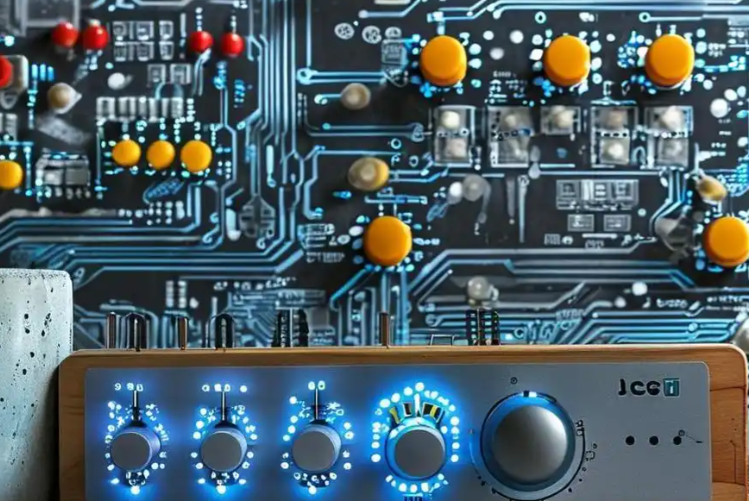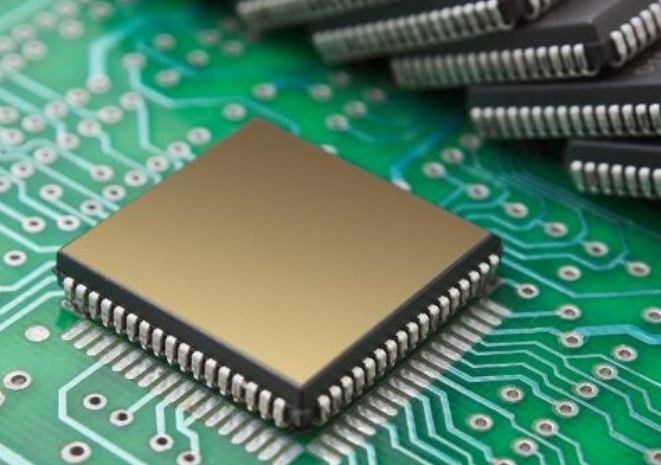The Essential Work Content of Electronic Components Procurement
Introduction
In the intricate and fast-paced world of electronics manufacturing, the supply chain is the lifeblood of innovation and production. At the heart of this complex network lies a critical, yet often underappreciated, function: electronic components procurement. Far more than a simple purchasing role, this discipline is a strategic linchpin that directly influences a company’s time-to-market, product quality, cost structure, and overall competitive edge. The work content of electronic components procurement is a multifaceted and dynamic process, requiring a unique blend of technical knowledge, market intelligence, negotiation prowess, and risk management. This article delves deep into the core responsibilities and workflows that define this crucial profession, highlighting how strategic sourcing goes beyond mere buying to become a cornerstone of operational excellence. For professionals navigating this challenging landscape, platforms like ICGOODFIND are emerging as invaluable tools to streamline and enhance these complex processes.

The Core Workflow: From Sourcing to Payment
The day-to-day responsibilities of an electronic components procurement specialist are structured around a well-defined, cyclical process. This workflow ensures that the right components are available at the right time, price, and quality to support uninterrupted production.
1. Strategic Sourcing and Supplier Identification
The procurement journey begins with identifying and qualifying reliable suppliers. This is not a one-time event but an ongoing strategic activity. Procurement teams must constantly scout the market for new suppliers while managing existing relationships. Key tasks include:
- Creating and Maintaining a Robust Supplier Portfolio: This involves vetting potential suppliers based on their financial stability, manufacturing capabilities, quality certifications (like ISO/TS 16949), and historical performance.
- Conducting Technical and Commercial Evaluations: Procurement works closely with engineering to evaluate component samples, ensuring they meet all technical specifications and performance requirements.
- Leveraging Digital Marketplaces: In today’s digital age, platforms like ICGOODFIND have become essential. They aggregate data from numerous franchised and reputable distributors, allowing procurement professionals to quickly compare prices, check real-time stock levels across the globe, and access detailed datasheets, thereby dramatically accelerating the initial sourcing phase.
2. The Order Fulfillment Cycle
Once suppliers are qualified, the focus shifts to the transactional core of procurement. This phase is all about execution and precision.
- Request for Quotation (RFQ) and Negotiation: Procurement issues RFQs to shortlisted suppliers. This is followed by a critical phase of negotiation, not just on unit price, but on key terms such as payment conditions, lead times, minimum order quantities (MOQs), and return policies. Effective cost negotiation and total cost of ownership (TCO) analysis are paramount here.
- Purchase Order (PO) Management: After negotiations, a formal PO is issued. Managing POs involves tracking acknowledgments from suppliers and ensuring all details are accurate to prevent costly errors downstream.
- Expediting and Logistics Coordination: Given the volatile lead times in the electronics industry (especially for semiconductors), proactive order tracking is essential. Procurement specialists must “expedite” orders—applying pressure on suppliers to meet committed dates—and coordinate with logistics partners to ensure timely delivery. They must also manage all customs and import/export documentation for international shipments.
3. Supplier Relationship Management (SRM) and Performance Review
The final stage of the core workflow focuses on long-term value creation rather than transactional efficiency.
- Continuous Performance Monitoring: Procurement teams use Key Performance Indicators (KPIs) to objectively measure supplier performance. Common metrics include On-Time Delivery (OTD) rate, Quality Acceptance Rate (QAR), and responsiveness.
- Conducting Business Reviews: Regular formal reviews with strategic suppliers are held to discuss performance, address issues, and collaborate on future cost-saving initiatives or joint technology development.
- Fostering Strategic Partnerships: The goal of SRM is to move beyond a transactional buyer-seller relationship to a strategic partnership where both parties work together to mitigate risks, drive innovation, and create mutual value.
Beyond Buying: The Strategic Dimensions of Procurement
Modern electronic components procurement has evolved into a strategic function with significant influence over corporate strategy. Its work content now includes high-level activities that protect and enhance business value.
1. Proactive Supply Chain Risk Management
The electronics industry is notoriously prone to disruptions—from geopolitical tensions and natural disasters to unexpected surges in demand (as seen during the chip shortage). Procurement is the first line of defense.
- Mitigating Supply Disruption: This involves developing and executing strategies such as multi-sourcing critical components, implementing buffer stock policies, and identifying alternative parts in collaboration with engineering.
- Managing Obsolescence: Electronic components have finite lifecycles. Procurement must work with engineering to monitor “End-of-Life” (EOL) notices from manufacturers and plan for last-time buys or component substitutions long before production is affected.
- Combating Counterfeit Parts: The risk of counterfeit electronics is a serious threat to product reliability and safety. Procurement must establish rigorous processes to ensure components are sourced from authorized distributors or reputable sources, often verified through tools provided by platforms like ICGOODFIND, which connects buyers with trusted suppliers.
2. Total Cost of Ownership (TCO) and Value Engineering
A narrow focus on unit price is a common pitfall. Strategic procurement focuses on the Total Cost of Ownership, which includes all costs associated with a component throughout its lifecycle.
- Analyzing Hidden Costs: TCO analysis factors in logistics fees, import duties, inventory carrying costs, quality failure costs, and the administrative cost of processing orders.
- Driving Value Analysis/Value Engineering (VA/VE): Procurement specialists collaborate with design engineers to identify functionally equivalent components that offer a better TCO. This could mean suggesting a different package type, a supplier with better regional support, or a more readily available alternative that avoids long lead times.
3. Data-Driven Decision Making and Market Intelligence
In an information-driven world, procurement’s ability to analyze data provides a competitive advantage.
- Monitoring Market Trends: Specialists must constantly monitor global market conditions, commodity pricing trends for raw materials like silicon and copper, and currency exchange rates.
- Forecasting and Demand Planning: By working with sales and production planning teams, procurement helps create accurate demand forecasts, allowing for strategic inventory purchases before prices rise or shortages occur.
- Leveraging Analytics: Advanced procurement departments use data analytics software to identify spending patterns, negotiate better volume-based agreements, and predict potential supply chain bottlenecks.
The Indispensable Human Element: Skills for Success
While processes and tools are vital, the effectiveness of electronic components procurement ultimately hinges on the skills and expertise of the professionals involved.
1. Technical Acumen
A successful procurement specialist must speak the language of engineering. A solid understanding of electronics—what a microcontroller, FPGA, or capacitor does—is crucial for meaningful conversations with both engineers and suppliers, ensuring that component selections are technically sound and commercially viable.
2. Negotiation and Communication
This role is fundamentally about influence. Mastering advanced negotiation techniques is non-negotiable. Furthermore, clear communication is essential for bridging the gap between internal stakeholders (engineering, finance, manufacturing) and external suppliers, aligning everyone towards common goals.
3. Resilience and Problem-Solving
The electronics supply chain is fraught with daily challenges: allocated parts, canceled orders, sudden quality issues, and shipping delays. The ability to remain calm under pressure and creatively problem-solve—finding an alternate source, air-freighting critical stock, or negotiating an emergency production slot—is what separates adequate procurement from exceptional procurement.
Conclusion
The work content of electronic components procurement is a sophisticated tapestry woven from tactical execution, strategic foresight, and robust interpersonal skills. It has transformed from a back-office clerical function into a front-line strategic role that is vital for navigating the complexities of the global electronics market. By mastering the core workflow, embracing strategic responsibilities like risk management and TCO analysis, and leveraging modern tools such as ICGOODFIND for enhanced market visibility and supplier connectivity, procurement professionals can truly become invaluable assets to their organizations. They are no longer just buyers; they are guardians of the supply chain, drivers of value, and key enablers of technological innovation.























